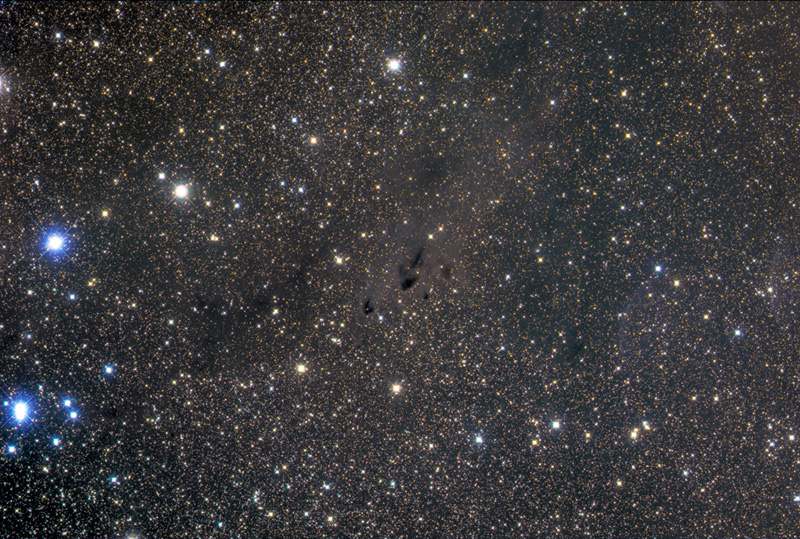This is a really fascinating image!starsurfer wrote:vdB38 and Sh2-265
http://www.atacama-photographic-observa ... .php?id=61
Copyright: Thierry Demange, Richard Galli and Thomas Petit
vdb38.jpg
The van den Bergh object in the image is the blue reflection nebula, which is mixed with and surrounding a bubble-shaped pink emission nebula. The star inside the nebula is HD 34989, a 6th magnitude B1V main sequence star. Despite being inside a nebula, which will scatter and dilute the blue light of the star, the light that reaches us from HD 34989 is still quite blue, with a Tycho B-V index of about −0.140.
Because HD 34989 is a B1V star it must be quite young, and it is possible that the nebula surrounding it might be a remnant of its natal cloud.
To me, the most fascinating aspect about HD 34989 is that it is indeed a B1V star, and still it is surrounded by an emission nebula. I think stars of spectral class B1 are at the borderline of where stars are hot enough to ionize a nebula, so seeing this star and its pink nebula is like watching one of the borderline phenomena in space, a place where hydrogen changes from one state of being into another.
Ann

